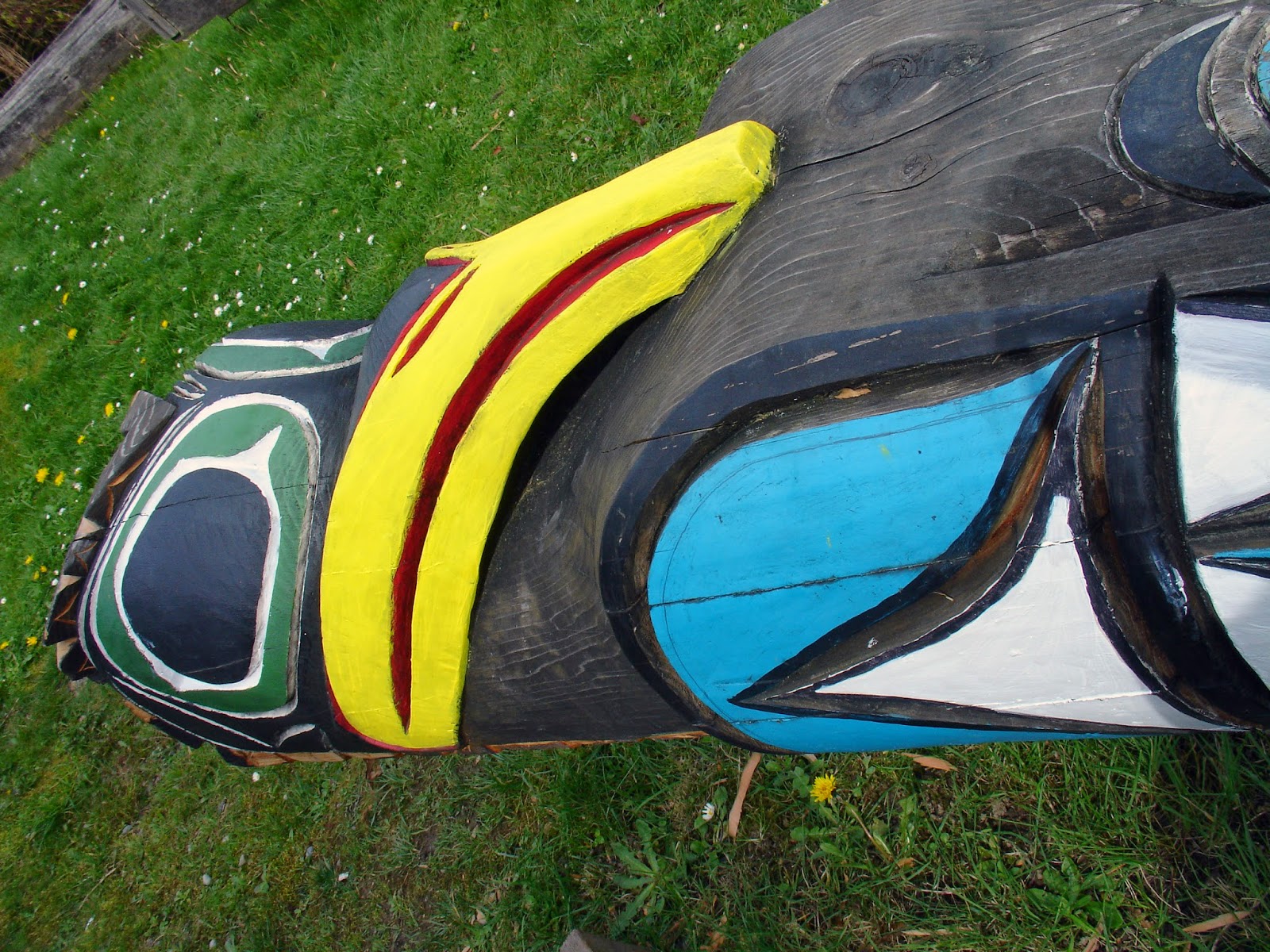We went ahead and made some cupcakes for the occasion, as we've been known to do. Annabelle handled the decorating.
OCEAN BELOW: Big news from the folks at NASA. We've known for awhile now that Saturn's moon Enceladus spouts water vapor and ice from vents near its south pole. However, new data from NASA's Cassini spacecraft and Deep Space Network suggest the moon harbors
a large underground ocean of liquid water - w00t! Where there's water, they might be life!
We can only hope there is an underwater, "sophisticated" civilization like the Gungans (of Star Wars/Jar Jar Binks' fame) lurking there, but it's astronomically more likely that the ocean is home to something closer to extraterrestrial microbes.

The regional ocean could be around 6 miles deep, beneath around 20 miles of ice. Enceladus' spouts contain salt water and organic molecules, and could be coming from the underground ocean. It would be nice to get a closer look, but given Saturn's distance, the subterranean location of the ocean and NASA's budget, it's not going to happen any time soon, I don't suspect.
SING A SONG OF SCIENCE: This morning I was reading articles on the University of Washington Web site and came across one with the headline "Science-themed music videos boost scientific literacy, study shows."
A pair of UW researchers, Katie Davis and Greg Crowther, studied the ability of music videos to enhance students’ understanding of scientific concepts.
Crowther is a biologist by profession, but over the years the music lover has created a Web site featuring links to more than 7,000 songs about science, SingAboutScience.org.
Most of the songs are audio tracks, but some feature video, like this one we watched this morning.
https://www.youtube.com/watch?v=ClJ5lwl_wM0
Image Credit:
NASA/JPL-Caltech
SING A SONG OF SCIENCE: This morning I was reading articles on the University of Washington Web site and came across one with the headline "Science-themed music videos boost scientific literacy, study shows."
A pair of UW researchers, Katie Davis and Greg Crowther, studied the ability of music videos to enhance students’ understanding of scientific concepts.
Crowther is a biologist by profession, but over the years the music lover has created a Web site featuring links to more than 7,000 songs about science, SingAboutScience.org.
Most of the songs are audio tracks, but some feature video, like this one we watched this morning.
https://www.youtube.com/watch?v=ClJ5lwl_wM0
Crowther and Davis set up laptop computers at five science-related outreach events in Washington state. Though they were targeting K-12, survey participants ranged from 3 to 76 years old, with a median age of 12. Each participant selected a science-based music video to watch on a laptop. They were given a pre-video quiz of four questions related to information in the video, plus one question not covered by the video. Two thirds of those viewing music videos had more correct answers after watching the videos than before.
LET IT GO: As we were running around this afternoon, we heard the song "Let it Go" from the Disney blockbuster "Frozen" on the radio. That was a first. Though the song is an Internet sensation and has been for months, we'd never heard it on the radio before.
Here's a fun version of it from the Jimmy Fallon show.
Since we were on a "Frozen" kick, we went ahead and watched the video of Kristen Bell singing as the Disney princess Anna at three different ages. Sweet song, with a lovely orchestral accompaniment ...











































